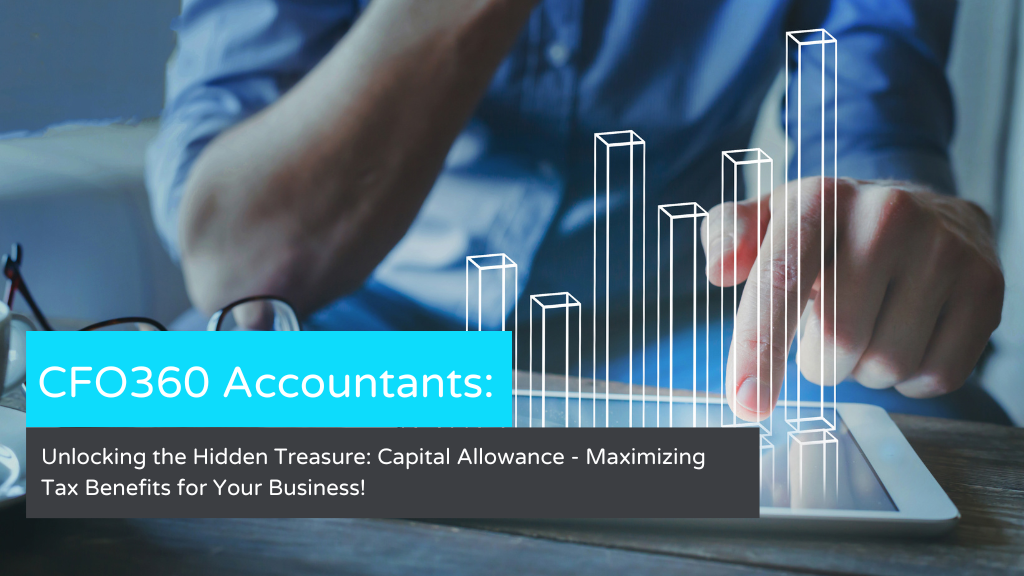Capital allowance is a valuable tool businesses can leverage to enhance their financial position and reduce their tax liabilities. It provides a means to claim tax relief on qualifying capital expenditures, such as machinery, equipment, and property improvements. By understanding the intricacies of capital allowance, businesses can strategically offset the costs of these investments against their taxable profits, ultimately maximising their tax benefits.
- What are capital Allowances for?
- Types of Capital Allowances
- How do Capital Allowances work?
- How are capital allowances calculated?
- What can you claim on capital allowances?
Understanding the intricacies of capital allowance is crucial for businesses to optimise their tax positions and maximise their financial benefits. This summary provides an overview of capital allowance, including its importance, qualifying expenditures, and the methods for calculating and claiming these allowances. By leveraging capital allowance effectively, businesses can make strategic financial decisions, enhance their cash flow, and support their growth and profitability.
What are capital allowances for?
By utilising capital allowances, businesses can leverage tax relief to effectively lower their tax liabilities by deducting the value of assets used in their operations. However, navigating capital allowances can be complex due to the existence of various types, each with its unique thresholds and regulations. Understanding the intricacies of these allowances is key to optimising tax savings and ensuring compliance with the specific rules associated with each type.
Types of Capital Allowances
- Supercharge Your Business: Tackling the Control of Yearly Speculation Remittance (AIA) for Up to £1 Million on Plant and Apparatus!
- Turbocharge Your Charge Investment funds: Opening the Benefits of 100%, To begin with, Year Remittances for Plant and Apparatus!
How does Capital Allowance work?
Capital allowances offer a means to avail tax relief on specific categories of capital expenses. By treating them as additional business expenses, they effectively decrease your taxable profit during the basis period.
How are capital allowances calculated?
Capital allowances are generally calculated based on the net cost of business real estate or premises. Different interest rates apply depending on the type of asset. Companies can apply for capital grants for the following purposes:
Machines and equipment.
What can you claim on capital allowances?
You can claim a capital allowance for items you store and use in your business (commonly referred to as “equipment and machinery”). In many cases, the annual investment allowance (AEI) allows you to deduct the pre-tax cost of these items from your total profit. If you are a sole proprietor or partnership with an annual income of £150,000 or less, you may be eligible to use a simplified system called a cash basis instead.









